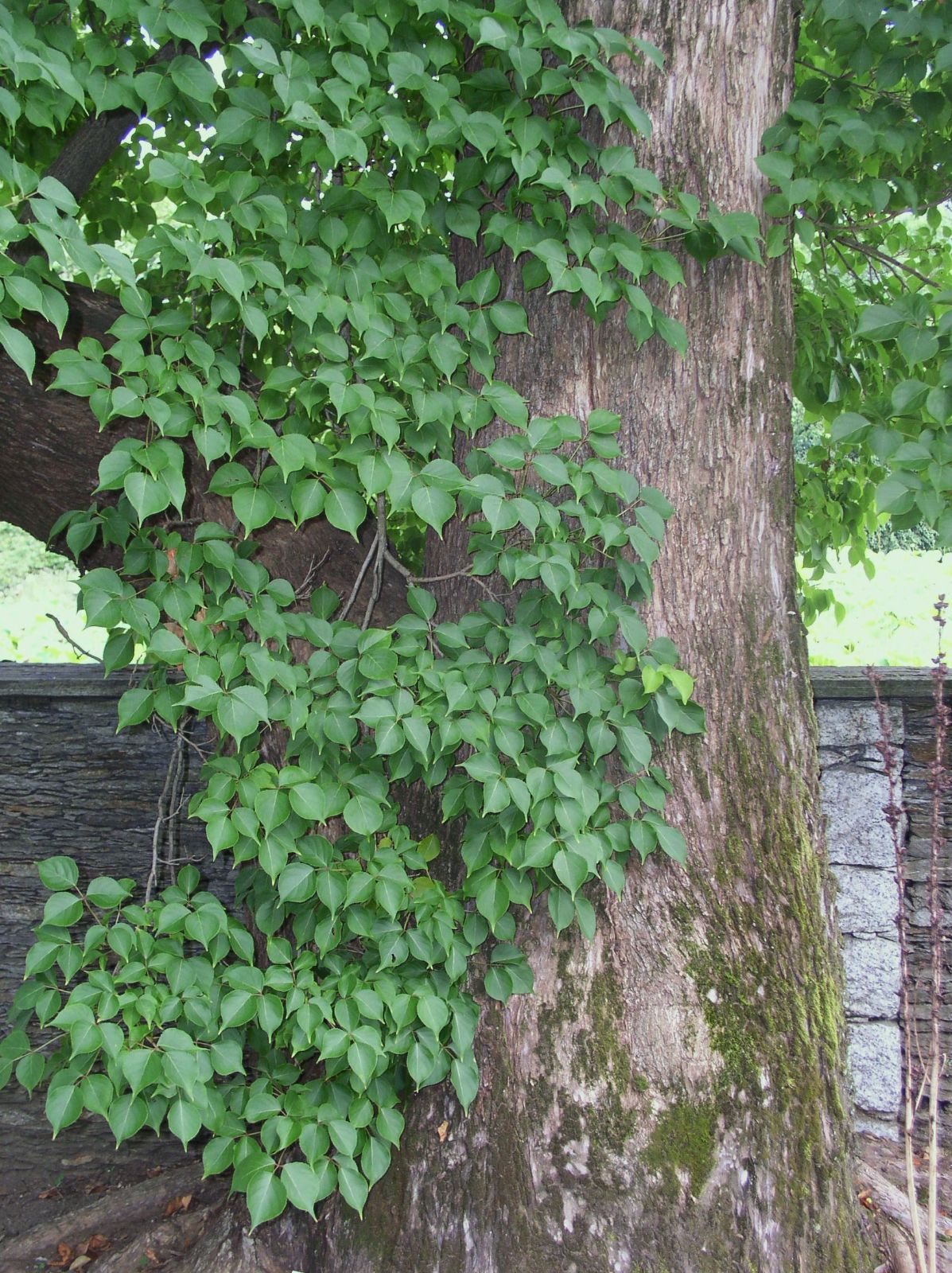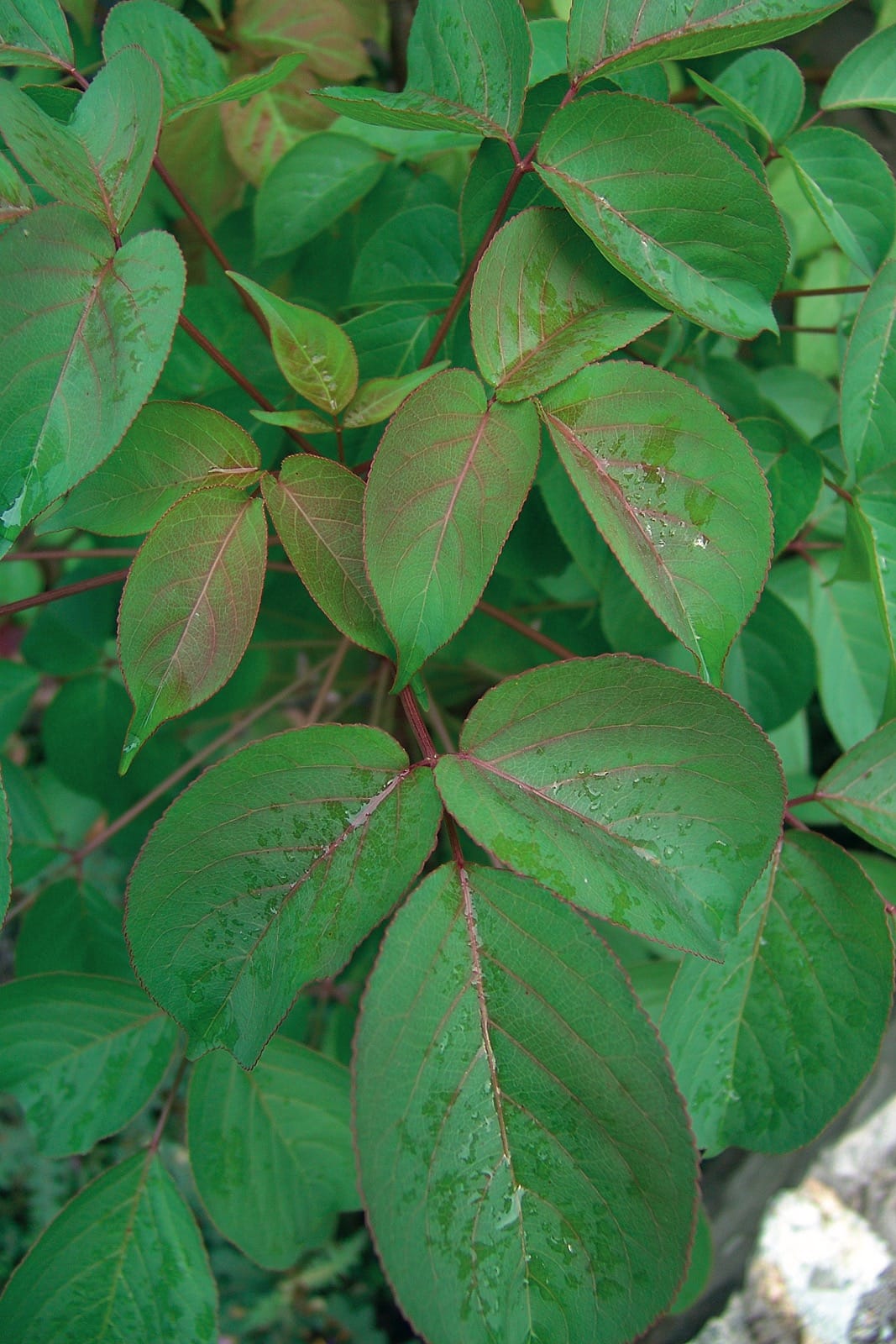Bischofia
Credits
Article from New Trees by John Grimshaw & Ross Bayton
Recommended citation
'Bischofia' from the website Trees and Shrubs Online (treesandshrubsonline.
Family
- Phyllanthaceae (formerly Euphorbiaceae)
There are two species of Bischofia: the evergreen B. javanica Blume, ranging from India through China and Japan to Australia and Polynesia, and the deciduous B. polycarpa, which is endemic to China (Govaerts et al. 2000, Radcliffe-Smith 2001). Bischofia species are large, dioecious (rarely monoecious) trees with red or reddish latex. The leaves are alternate, long-petiolate and pinnate with three (to five) leaflets; the leaflets have crenate to serrate margins. Stipules are small and caducous. The inflorescences are axillary, solitary, paniculate or racemose. The flowers are very small; they have five sepals, no petals, and no central disc; the staminate flowers are short-pedicellate, with five stamens, attached to the sepals; the pistillate flowers are pedicel-late, soon caducous. The fruit is a small, indehiscent drupe with a papery endocarp, containing three to six seeds (Radcliffe-Smith 2001, Chang et al. 2005).
Bischofia javanica has been cultivated for about a century in southern Florida and has been widely planted as a street tree there, but has become invasive, and its cultivation is now not encouraged (Langeland & Craddock Burks 1998). No such problems are known for B. polycarpa, which remains a scarce collector’s item.



